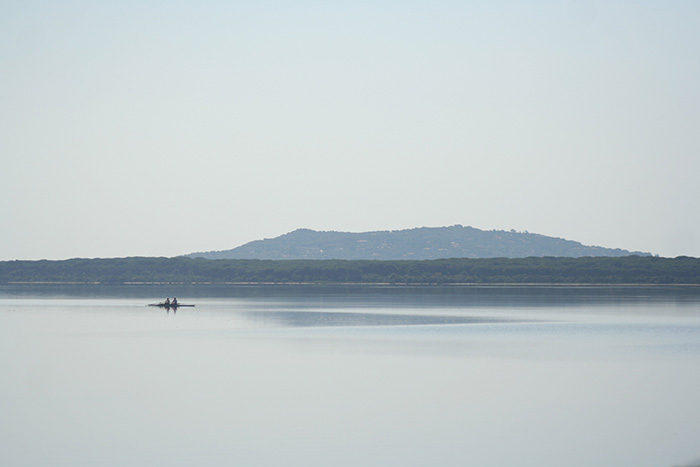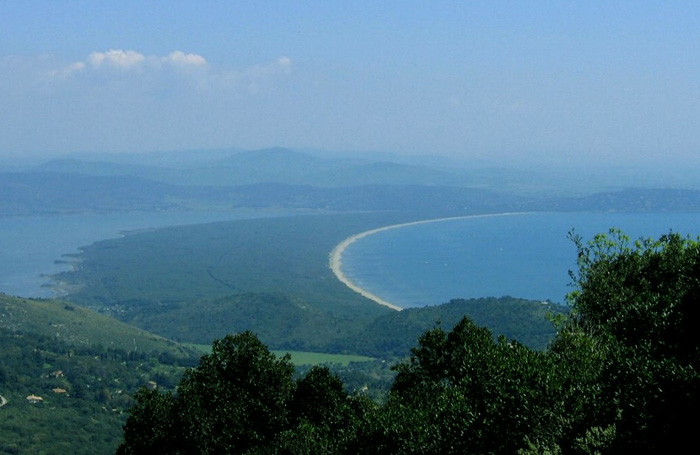The ancient Roman Town of Cosa |
Cosa was a Latin colonia founded under Roman influence in southwestern Tuscany in 273 BC, on land confiscated from the Etruscans. The Etruscan site (called Cusi or Cosia) may have been where modern Orbetello stands; a fortification wall in polygonal masonry at Orbetello's lagoon may be in phase with the walls of Cosa. The position of Cosa is distinct, rising some 113 metres above sea level and is sited 140 km northwest of Rome on the Tyrrhenian Sea coast, on a hill near the small town of Ansedonia. The town experienced a hard life and was never truly a prosperous Roman city, although it has assumed a position of prominence in Roman archaeology owing to the circumstances of its excavation.
|
|
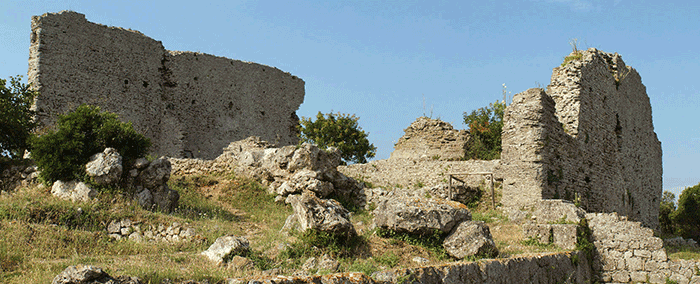 |
Cosa, Capitolum
|
| To visit the ruins and the archaeological areas.
Museo Archeologico Nazionale di Cosa, Via Delle Ginestre - Orbetello
|
||||
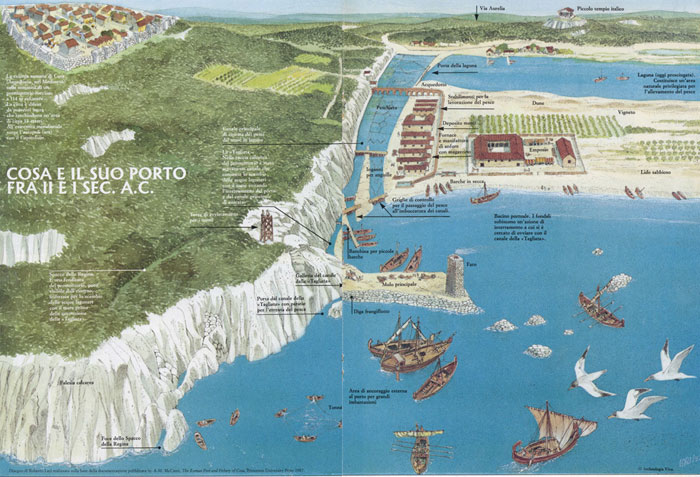 |
||||
Map of Cosa, second century BCE. Early Roman towns were rarely far from the sea.[1]
|
||||
Album Cosa | Galería fotográfica
|
||||
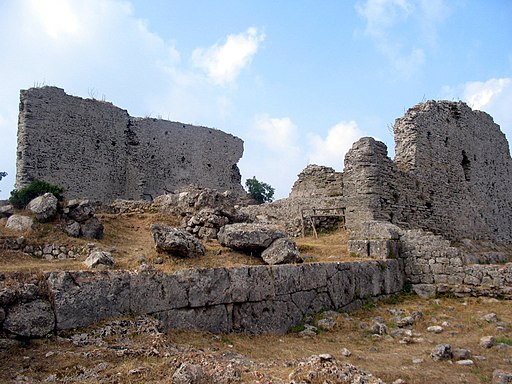 |
 |
 |
||
| Capitolium - front, Cosa | La porta di Cosa
|
Vista da Cosa verso la costa di Vulci | ||
 |
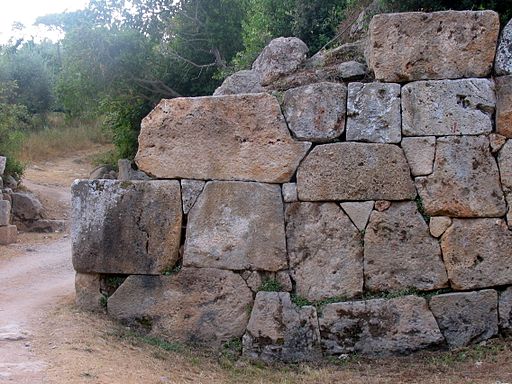 |
 |
||
| Cosa, celle | Cosa. Gate - west north
|
Cosa, porta | ||
Reisen in der Toscane | Cosa war eine römische Kolonie an der Küste Etruriens |
||||
|
||||
Cosa, founded by the Romans after the defeat of the Etruscan cities of Vulci, rose above a rocky promontory which was linked to the Monte Argentario by the the Tombolo di Feniglia.
|
||||
| [1] Source: www.cosasrl.com | ||||
|
||||
